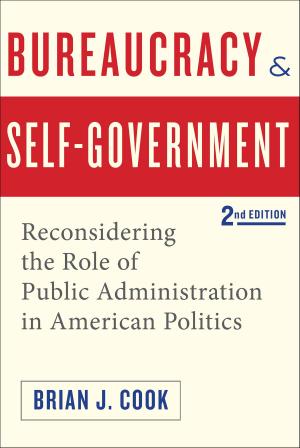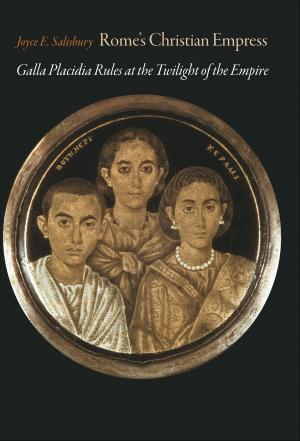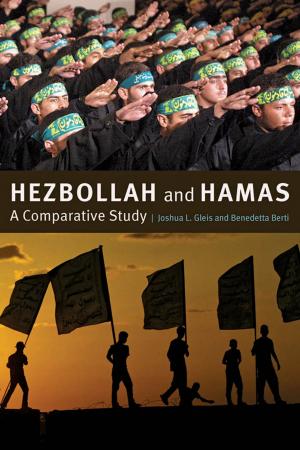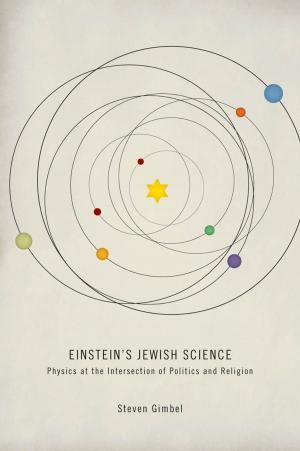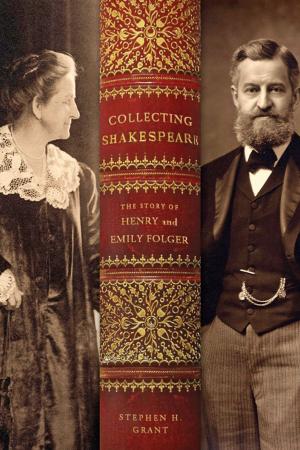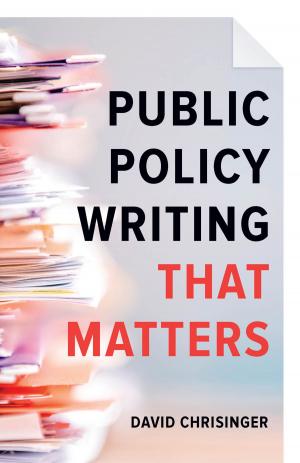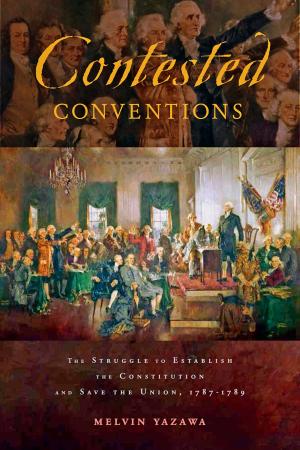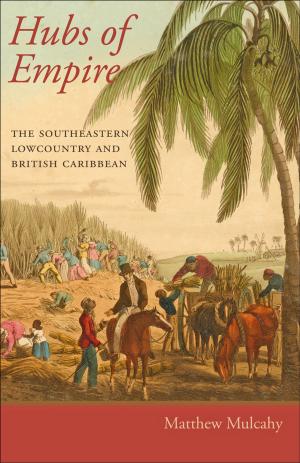From Little London to Little Bengal
Religion, Print, and Modernity in Early British India, 1793–1835
Fiction & Literature, Literary Theory & Criticism, British, Theory| Author: | Daniel E. White | ISBN: | 9781421411651 |
| Publisher: | Johns Hopkins University Press | Publication: | December 30, 2013 |
| Imprint: | Language: | English |
| Author: | Daniel E. White |
| ISBN: | 9781421411651 |
| Publisher: | Johns Hopkins University Press |
| Publication: | December 30, 2013 |
| Imprint: | |
| Language: | English |
From Little London to Little Bengal traces the traffic in culture between Britain and India during the Romantic period. To some, Calcutta appeared to be a "Little London," while in London itself an Indianized community of returned expatriates was emerging as "Little Bengal." Circling between the two, this study reads British and Indian literary, religious, and historical sources alongside newspapers, panoramas, religious festivals, idols, and museum exhibitions. Together and apart, Britons and Bengalis waged a transcultural agon under the dynamic conditions of early nineteenth-century imperialism, struggling to claim cosmopolitan perspectives and, in the process, to define modernity.
Daniel E. White shows how an ambivalent Protestant contact with Hindu devotion shaped understandings of the imperial mission for Britons and Indians during the period. Investigating global metaphors of circulation and mobility, communication and exchange, commerce and conquest, he follows the movements of people, ideas, books, art, and artifacts initiated by writers, publishers, educators, missionaries, travelers, and reformers. Along the way, he places luminaries like Romantic poet Robert Southey and Hindu reformer Rammohun Roy in dialogue with a fascinating array of lesser-known figures, from the Baptist missionaries of Serampore and the radical English journalist James Silk Buckingham to the mixed-race prodigy Henry Louis Vivian Derozio.
In concert and in conflict, these cultural emissaries and activists articulated national and cosmopolitan perspectives that were more than reactions on the part of marginal groups to the metropolitan center of power and culture. The British Empire in India involved recursive transactions between the global East and West, channeling cultural, political, and religious formations that were simultaneously distinct and shared, local, national, and transnational.
From Little London to Little Bengal traces the traffic in culture between Britain and India during the Romantic period. To some, Calcutta appeared to be a "Little London," while in London itself an Indianized community of returned expatriates was emerging as "Little Bengal." Circling between the two, this study reads British and Indian literary, religious, and historical sources alongside newspapers, panoramas, religious festivals, idols, and museum exhibitions. Together and apart, Britons and Bengalis waged a transcultural agon under the dynamic conditions of early nineteenth-century imperialism, struggling to claim cosmopolitan perspectives and, in the process, to define modernity.
Daniel E. White shows how an ambivalent Protestant contact with Hindu devotion shaped understandings of the imperial mission for Britons and Indians during the period. Investigating global metaphors of circulation and mobility, communication and exchange, commerce and conquest, he follows the movements of people, ideas, books, art, and artifacts initiated by writers, publishers, educators, missionaries, travelers, and reformers. Along the way, he places luminaries like Romantic poet Robert Southey and Hindu reformer Rammohun Roy in dialogue with a fascinating array of lesser-known figures, from the Baptist missionaries of Serampore and the radical English journalist James Silk Buckingham to the mixed-race prodigy Henry Louis Vivian Derozio.
In concert and in conflict, these cultural emissaries and activists articulated national and cosmopolitan perspectives that were more than reactions on the part of marginal groups to the metropolitan center of power and culture. The British Empire in India involved recursive transactions between the global East and West, channeling cultural, political, and religious formations that were simultaneously distinct and shared, local, national, and transnational.


